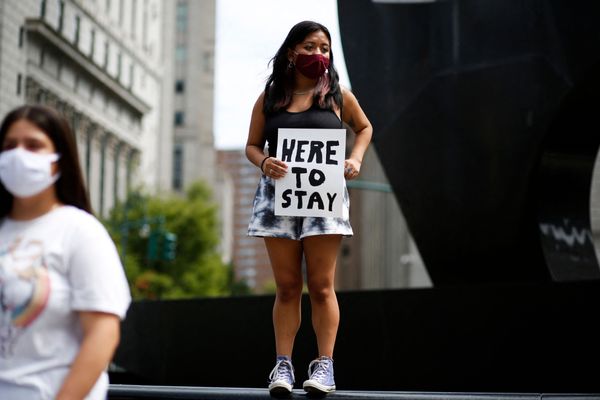
It was the test run of India's longest freight train Super Vasuki on 15 August as part of Azadi ka Amrit Mahotsav celebration. The 3.5 km long train with 295 loaded wagons and powered by five engines carried a load of about 27,000 tonne of coal, the highest ever carried by the Indian Railway in a single train arrangement.
Supply chains may remind of snakes as they slither through an economic system, adding smooth mobility and speed to it. But in Super Vasuki, Indian Railways has got itself an ambitious metaphor to live up to.
In Hindu mythology, Vasuki, the serpent king that has the pride of place around Lord Shiva’s neck, became the rope to be bound around Mount Mandara to churn the ocean. Will the Railways be able to contribute to the churning of India’s economy by making logistics more efficient?
India’s logistic costs as a percentage of the gross domestic product (GDP) are too high for an economy trying to power ahead in challenging times. India has been creating massive infrastructure for better mobility and hopes to cut logistic costs. The costs would drop to 10% of GDP from the current 16-18% in next five years, said Nitin Gadkari, the Union minister for road transport and highways, in a recent interview with Mint.
Railways minister Ashwini Vaishnaw believes that trains can help bring down logistics cost as a percentage of the GDP as trains offer a cheaper means of transportation than roads. The Railways seeks to increase its modal share in freight from the just 27% at present to 45% in 10 years. That’s where long trains like Super Vasuki matter.
From Anaconda to Sheshnag to Trishul to Super Vasuki
For the last few years, India has been showcasing long freight trains. Super Vasuki is the longest so far, an improvement over several previous trains.

In 2020, Indian Railways operated two freight trains which caught a lot of attention for their novelty. The trains were named Super Anaconda and Shesh Naag. Three trains were combined to form Super Anaconda which was 2 km long. Shesh Naag, which combined four trains, was 2.8 km long. The Railways also tested a Trishul train by joining three trains. In 2021, the Railways showcased a Vasuki train. And now we have Super Vasuki.
Why India needs Super Vasuki
The long trains may appear gimmicky but they are just what India needs. Long trains like Super Vasuki improve the overall freight performance. Longer the train, quicker the transportation of goods which reduces the wagon turnaround time as empty wagons are available sooner for each loading journey, say experts.
Longer trains also save labour. A single long train needs fewer workers to manage it than many smaller trains, according to experts. One long train also causes less congestion than three-four smaller trains running on that path in its place. That’s why on saturated sections long trains can help cut transportation time. One long train instead of say, five smaller ones, will also face reduced detention en route. That improves average speed as well as reduces the running time between two stations. Trains like Vasuki can help the Railways meet its target to increase the average speed of freight trains from 22 kmph to 50 kmph.
So, long trains are good for the Railways as they increase operational efficiency as well as for customers as they carry goods in shorter time.
The persistent coal problem
When demand for coal peaks at power plants, the Railways is unable to transport coal faster. That creates shortage of fuel at power plants and, in turn, shortage of power, having far-reaching impact on industry, agriculture and individual consumers. So much coal can't be transported by road. Early this year, India witnessed a severe power crisis due to coal shortage. The Railways had to run special trains to supply coal. Since long trains carry coals in very large quantity and faster, they are an effective solution to the problem of shortages at power plants.
The tracks for Super Vasuki
A Super Vasuki train takes four minutes to cross a railway station. Obviously longer freight trains can't run on all tracks and create obstruction for passenger trains. Early this year during the coal shortage at several power plants, the Railways had to cancel several passenger trains to move coal-carrying freight trains faster. India is making long freight trains because it is building Dedicated Freight Corridors (DFCs) for them where they can run optimally and without obstructing passenger traffic.
Freight corridors are special tracks made for goods trains which will be useful especially for long trains. They aim to decongest the railway network, ensure faster movement of goods, increase the national carrier’s freight capacity network and reduce overall logistics costs for companies.
The Eastern DFC will start from Sahnewal near Ludhiana (Punjab) and pass through Punjab, Haryana, Uttar Pradesh, Bihar and Jharkhand to terminate at Dankuni in West Bengal. The Western DFC will connect Dadri in Uttar Pradesh to Jawaharlal Nehru Port in Mumbai and will traverse through the states of UP, Haryana, Rajasthan, Gujarat and Maharashtra.







